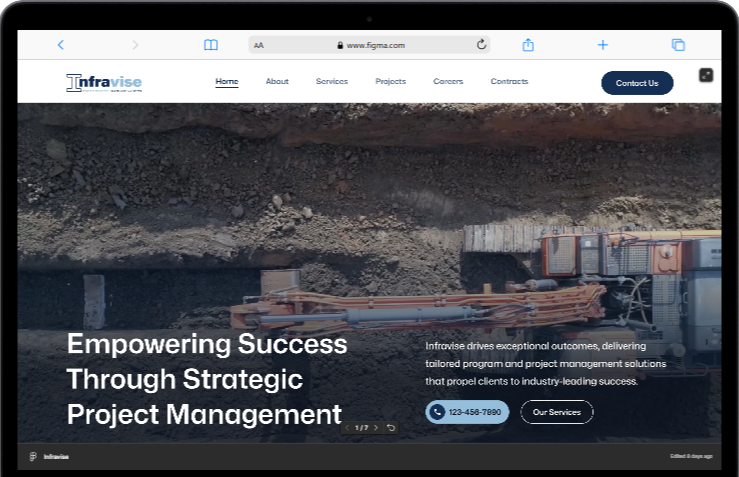Introduction
The demand for faster and more efficient app development has led to the rise of No-Code and Low-Code platforms. Businesses, startups, and enterprises are leveraging these solutions to accelerate digital transformation. But what’s the difference, and which one should you choose in 2025? In this guide, we’ll explore the key differences, benefits, and when to use No-Code vs. Low-Code.
1. What are No-Code and Low-Code Development Platforms?
🔹 No-Code Development
A No-Code platform allows users to build websites, applications, and automation without writing any code. These platforms use drag-and-drop interfaces, pre-built templates, and visual development tools.
Examples:
- Wix
- Bubble
- Webflow
- Zapier (for automation)
🔹 Low-Code Development
A Low-Code platform requires minimal coding but provides flexibility for developers to customize applications. It’s ideal for businesses needing speed without sacrificing complex functionalities.
Examples:
- OutSystems
- Mendix
- Microsoft PowerApps
- Appian
2. Key Differences Between No-Code and Low-Code
| Feature | No-Code | Low-Code |
|---|---|---|
| Coding Knowledge Required | None | Basic to Intermediate |
| Customization | Limited to templates | Highly customizable |
| Development Speed | Very fast | Fast but requires some coding |
| Integration Options | Limited | Advanced API & third-party integrations |
| Best For | Non-technical users, small businesses | Developers, enterprises, complex applications |
3. Advantages of No-Code Platforms
✅ Faster Time-to-Market – Launch apps quickly without technical barriers.
✅ Cost-Effective – No need to hire developers or engineers.
✅ Empowers Non-Developers – Business teams can build solutions without IT support.
✅ Great for Prototypes and MVPs – Ideal for testing ideas before full-scale development.
4. Advantages of Low-Code Platforms
✅ More Customization & Flexibility – Developers can modify apps beyond templates.
✅ Better Integration Capabilities – Connect to databases, APIs, and third-party services.
✅ Suitable for Complex Applications – Can handle enterprise-level applications.
✅ Scalability – Applications can grow and evolve with the business.
5. When Should You Choose No-Code vs. Low-Code?
✅ Choose No-Code if:
- You need a simple website, blog, or landing page.
- You’re a small business owner or entrepreneur.
- You want to automate workflows without hiring developers.
✅ Choose Low-Code if:
- Your business requires a more customized solution.
- You need advanced integrations and database connections.
- Your project is enterprise-level and requires scalability.
6. Future Trends in No-Code and Low-Code Development
🔮 AI-Powered Development – No-Code & Low-Code platforms will integrate AI for smarter automation.
🔮 Enterprise Adoption – More businesses will use Low-Code for internal tools and applications.
🔮 No-Code/Low-Code Hybrid Solutions – A combination of both will provide more flexibility.
🔮 More Developer-Friendly No-Code Platforms – Tools will evolve to accommodate both beginners and advanced users.
Final Thoughts
Both No-Code and Low-Code platforms are transforming the way applications are built. If you need speed, simplicity, and cost savings, No-Code is the way to go. If you require more control, scalability, and integrations, Low-Code is the better choice.
Want expert guidance? Ali DevSolutions can help you choose the right platform for your project! 🚀





